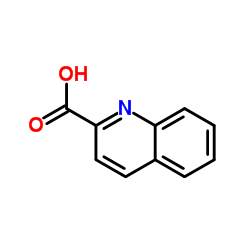| Structure | Name/CAS No. | Articles |
|---|---|---|
 |
Thiostrepton
CAS:1393-48-2 |
|
 |
Quinoline-2-carboxylic acid
CAS:93-10-7 |